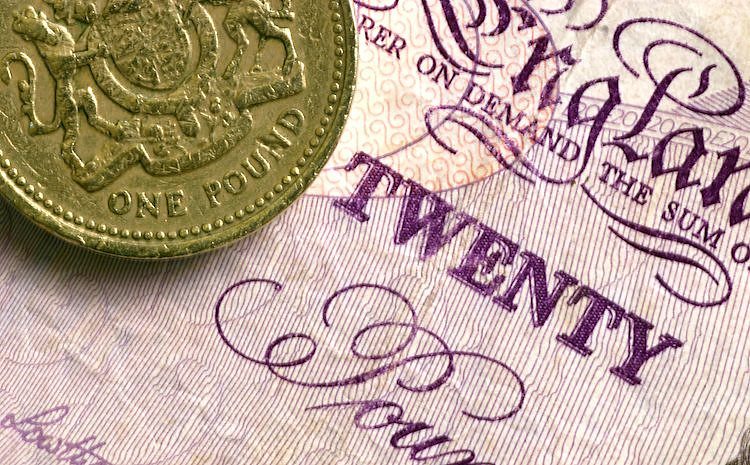The Pound Sterling (GBP) is struggling to gain ground near a three-week low of 1.3060 against the US Dollar (USD) as the US Dollar Index (DXY) hovers around 102.50. Market participants are not pricing in another 50 basis points (bps) interest rate cut from the Federal Reserve (Fed) in November, leading to the strengthening of the Greenback. The Fed initiated its policy-easing cycle with a 50 bps interest rate cut in September and is expected to continue easing monetary policy slowly rather than aggressively.
Despite initial speculation for larger rate cuts, the upbeat United States (US) Nonfarm Payrolls (NFP) data for September has lessened expectations for significant rate cuts from the Fed. New York Fed Bank President John Williams expressed favoritism towards a 25 bps rate cut ahead, indicating that the central bank is not rushing to reduce interest rates quickly. Investors will focus on the US Consumer Price Index (CPI) data for September to gain insight into the future interest rate outlook.
The Pound Sterling is trading cautiously against major peers amid geopolitical tensions, particularly in the Middle East. Investors are also adjusting market expectations for the Bank of England (BoE) interest rate outlook, with forecasts suggesting a potential rate cut in November. Factors such as UK inflation, strong wage growth, and upcoming GDP and factory data for August will provide further clarity on the UK’s economic health.
In terms of technical analysis, the GBP/USD pair is struggling to hold above the 50-day Exponential Moving Average (EMA) around 1.3100. With the 14-day Relative Strength Index (RSI) declining, further downside movement is possible if the momentum oscillator falls below a certain level. Resistance levels for Pound Sterling bulls include 1.3100 and the 20-day EMA near 1.3202, while support can be found near the psychological level of 1.3000.
The Pound Sterling is the oldest currency in the world and the official currency of the United Kingdom, traded extensively in the foreign exchange market. Monetary policy decisions by the Bank of England play a crucial role in influencing the value of the Pound Sterling, with interest rate adjustments aimed at maintaining price stability. Economic indicators such as GDP, PMIs, and employment data can impact the GBP’s value, with a strong economy generally benefiting the currency. The Trade Balance is also a significant factor affecting the Pound Sterling, as a positive balance strengthens the currency due to increased demand for exports.
In conclusion, the Pound Sterling’s near-term outlook against the US Dollar remains fragile as market dynamics and geopolitical tensions continue to influence currency movements. Investors are closely monitoring central bank decisions, economic data releases, and geopolitical developments to navigate the unpredictable forex market. As uncertainties persist, cautious trading strategies and attention to key indicators will be essential for traders and investors looking to navigate the current landscape of currency exchange.





















